Power Tools for CRE Energy Efficiency
Smart electricity use is a must. Have you considered these options for your properties?
Brought on by regulatory mandates, cost-saving goals and corporate commitments to sustainability, reduced energy consumption is a top priority for owners and managers. Architecture 2030 estimates that the built environment is responsible for more than 42 percent of total annual carbon dioxide emissions, with operations alone accounting for 27.3 percent. Yet a wide range of new advances in property technology, as well as innovations in established strategies, allow you to curb expenditures and emissions without breaking the bank.
A refined taste for renewables
A key question is which renewable energy source strategy to adopt. While covering roof space with solar panels is a popular choice, other options can be just as cost-effective.
A good place to start reviewing best energy practices is HVAC, which accounts for 60 to 80 percent of a building’s energy consumption and utility bills. Investing in the more energy-efficient heat pumps, electric motors and dehumidifiers that are available today is key. “Half of the energy in cooling a building goes into simply taking the water out of the air so that it does not feel muggy inside,” noted Greg Smithies, a partner at Fifth Wall.
Microgrids are proving to be a reliable solution for energy production as the nation’s power grid comes under strain from extreme weather. Energy management software company Galooli estimates microgrids can trim property-wide energy expenditures by 60 percent. In combination with a renewable resource such as solar, battery storage or wind turbines, they’re a closed loop of electricity generation, transmission and distribution. The strategy is catching on. By 2022, the number of operational microgrids had doubled over a five-year span to 651, according to JLL.
Joe Iatauro, managing director for Stream Realty Partners’ program management services, calls microgrids as “the biggest needle mover” for energy efficiency, notably for power-hungry, technologically advanced properties such as manufacturing and logistics facilities, along with laboratories and data centers. A 2024 study from the Department of Defense’s Manufacturing Technology Program found that manufacturing represents the largest source of energy consumption and greenhouse gas emissions, at 25 percent.
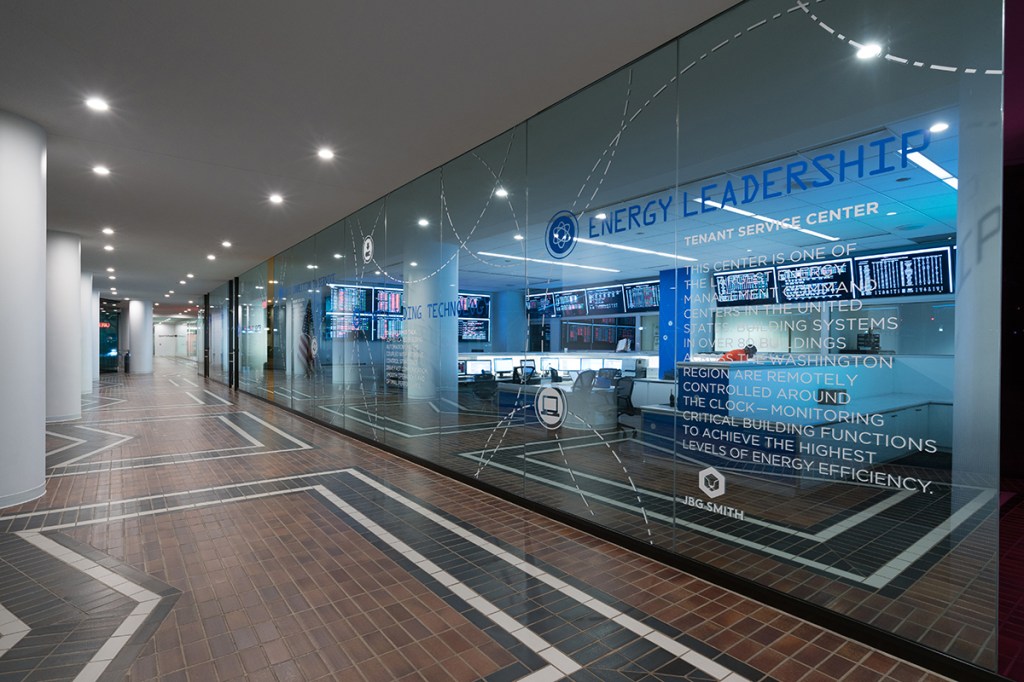
Microgrids offer turnkey solutions in areas with few renewable energy sources or incentives. Users often “want to start and go the path of least resistance,” Iatauro said. “They can go and contract it, can go and buy the materials, the products and then put that system on the roof.”
But you don’t need a microgrid to reap the benefits of self-producing power. The strategy of selling excess electricity produced by solar installations, batteries and electric vehicle stations back to tenants and utilities is well-established. The practice can generate from three cents to as much as 50 cents per kilowatt-hour, Smithies noted. In addition to generating revenue, it reduces the building’s energy spend and carbon footprint.
“The amount of money you can be making from abating energy usage or pumping electrons back into the grid from a battery is only going to go up as the grids go through tough times over the next decade,” Smithies predicted.
Many properties are constrained by location and resource access, causing developers and engineers to take to the ground. Networked geothermal heating and cooling systems, which connect a series of ground-source heat pumps to each other in a closed loop, are a cost-effective, energy-efficient solution, according to Sarah Moore, a principal at Buro Happold: “(They) allow you to source and sync heat out of a massive network.”
They’re also more cost effective than drilling an individual setup for each property. “(It’s about) tying all the buildings that you are developing together upfront so that you leverage diversity and minimize the overall investment,” noted Chris Gray, CEO of Taurus Investment Holdings’ Energy Platforms, which has identified opportunities in pooling access to renewable heat and cooling sources across the company’s diversified portfolio of office, industrial and multifamily properties.
Community solar arrangements are another networking strategy for tapping into renewable sources. Under a community solar energy program, as the U.S. Department of Energy notes, multiple customers subscribe to and sometimes own a share of energy generated by a solar array. Those businesses, individuals and others get a utility-bill credit for the power produced by their portion of the array.
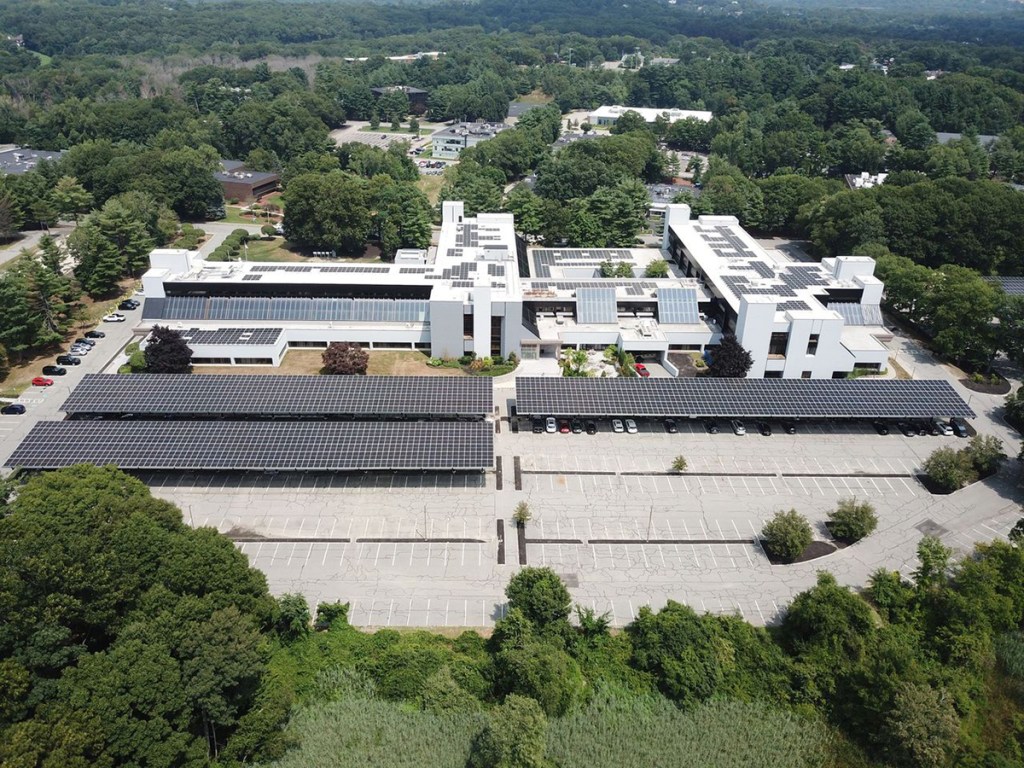
The Moinian Group has entered into a community solar agreement for its commercial properties in Manhattan. “It’s a way to positively impact the community and the grid while understanding the reality and the fact that we have buildings in Manhattan, where there’s not a ton of opportunity from a renewables perspective,” said Adin Meir, the company’s director of sustainability.
Dialed-in operations
Along with renewables and sustainable development practices, existing buildings provide plenty of opportunity for impactful energy-reduction measures. Lee Hoffman, Runwise’s cofounder & president, advocates upgrades in mechanical system controls and monitoring. “It’s basically the idea of replacing 1970s legacy control systems that are timers,” he said.
The results? A much quicker turnaround when minute inefficiencies can be identified. “The difference between one degree of temperature could be 10 percent of the energy usage in the building,” Hoffman said. Smart controls typically cut energy use by about 20 percent and pay for themselves in a few months.
These innovations are proving to be a cost-effective innovation for operators. Using data analytics, insights derived from Hoffman’s strategy can be applied across a portfolio. Meir is a fan, given the lack of a scalable alternative to boilers at many of his firm’s buildings. “It’s investigating the issues as they come up and fixing (them), not only in a very narrow sense, but in a wide enough sense that you can impact other buildings and similar systems within them,” he said.
Another advantage of a data-focused approach? It’s far easier to make tenants aware of their energy expenditures. “When you give people awareness of how their particular spaces are using energy, you see reductions,” Gray recounted.
JBG Smith takes data analytics in sustainability a step further, monitoring energy expenditures out of a dedicated tenant service center. That gives the REIT a continuous look at energy management in its commercial properties. The strategy avoids the need to recommission mechanical systems, reports Kim Pexton, the firm’s vice president of sustainability.
“Because we have that central clearing house, the tenant service center and people that are on task for energy management 24/7, it’s almost like we are constantly recommissioning our buildings,” she said.
Many of these systems can also work with existing solar or battery setups, as well as building management software. Minutiae such as weather monitoring and foot traffic patterns can be tied to heating and lighting systems, scaling back their presence in underutilized areas.
AI’s ascendancy
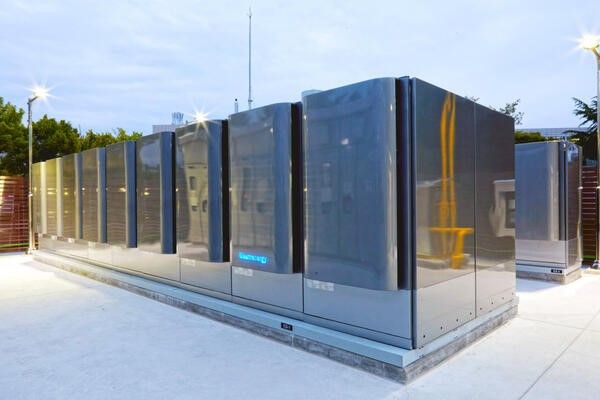
Where data analytics gives energy efficiency initiatives a new layer of refinement, artificial intelligence has the potential to “supercharge” these strategies, Smithies noted. When fed data about which conference rooms will be used within a building, predictive models can “figure out relatively easily that … no one is in the office on Friday afternoons,” he said. That, in turn, provides a precise tweaking of HVAC and lighting systems.
Pexton cites future opportunities to use automation to monitor weather in real time, where an AI model can tweak building temperatures to optimal settings. “Instead of saying, ‘We have a set temperature of 78 degrees,’ if it hits 76 degrees, it can ride longer without having to turn systems off,” she said. That’s because the AI model is analyzing data and can tweak it minute by minute.
AI can also act as a sustainability consultant for developers, taking on tasks that range from scanning millions of potential designs to writing up permits for solar panel installations, according to Smithies.
But the operators would do well to be wary of blindly jumping on the automation bandwagon. “Challenges can be in the cost to provide the hardware, software and integrations into the energy systems,” cautioned Rick Redpath, principal & shareholder of Nadel Architecture + Planning.
AI does best with its current track record of sifting through data and acting as an assistant to the sustainability experts, not replacing them. “Right now, what you have is millions of data points flowing into dashboards that nobody really understands what to do with, and I think AI is going to have a role to play in filtering through the noise,” Meir predicted.


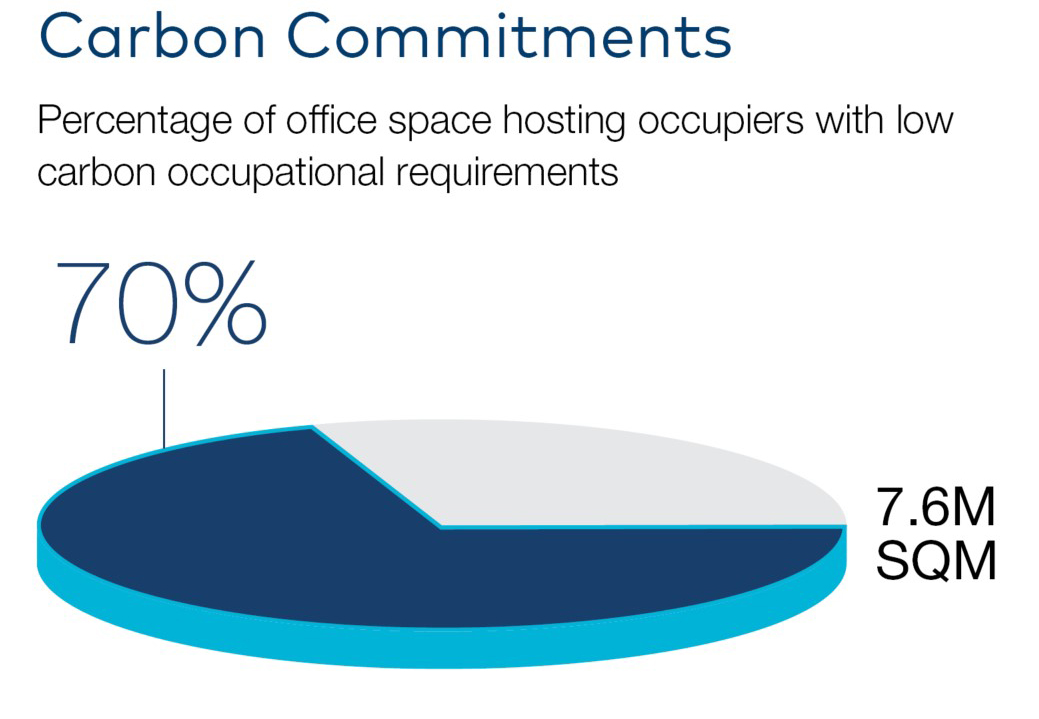
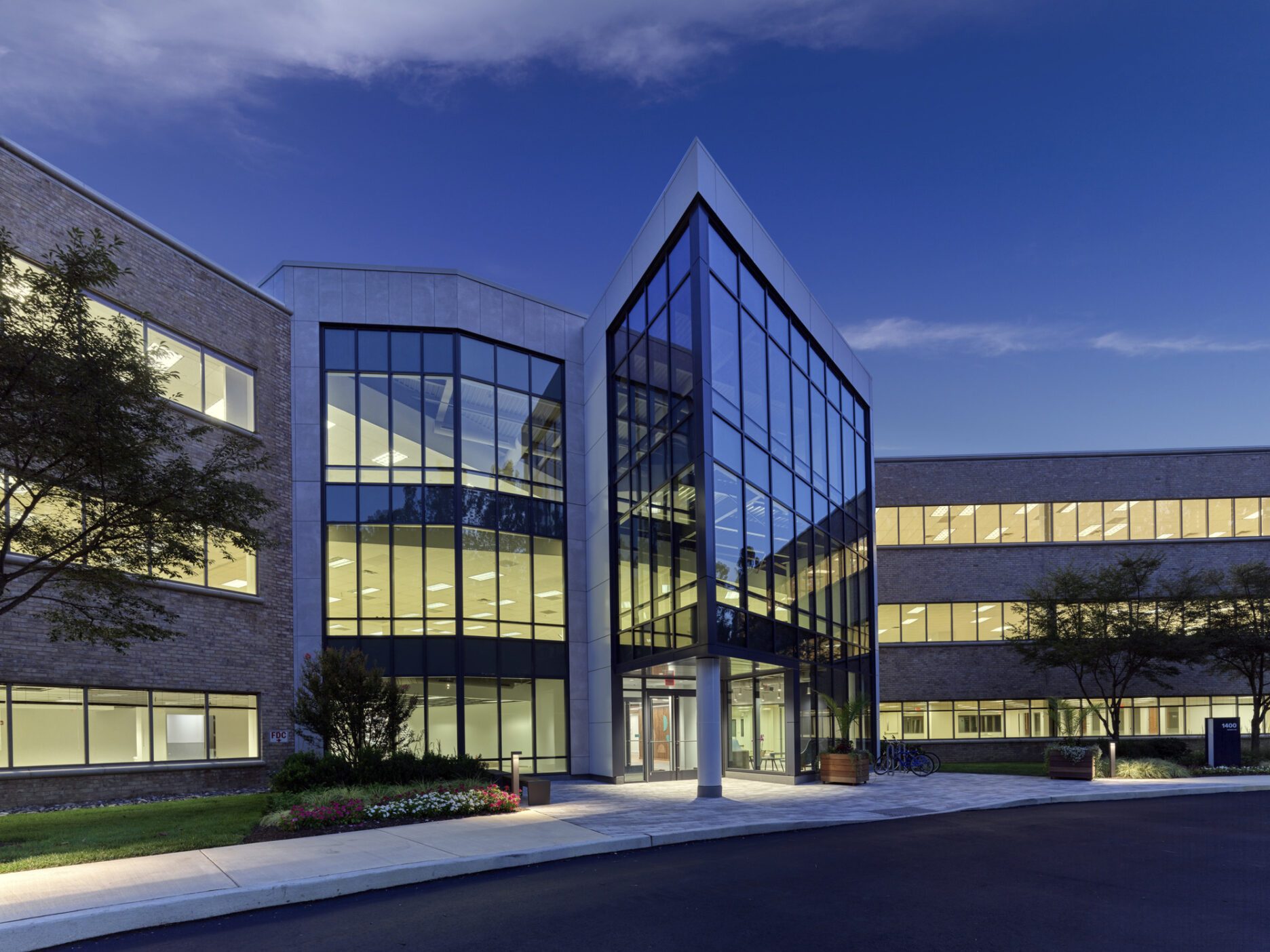


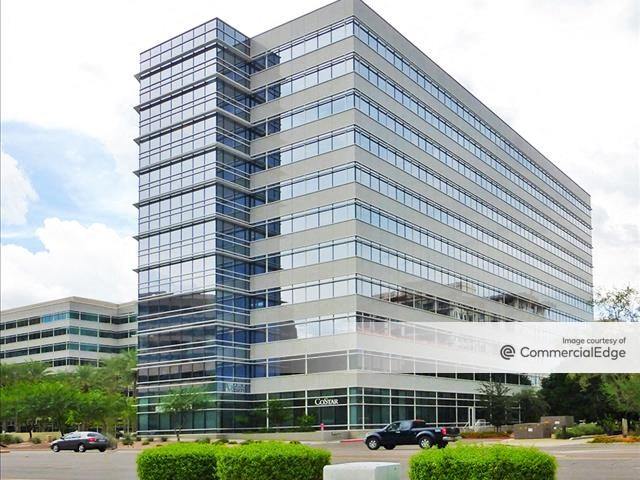
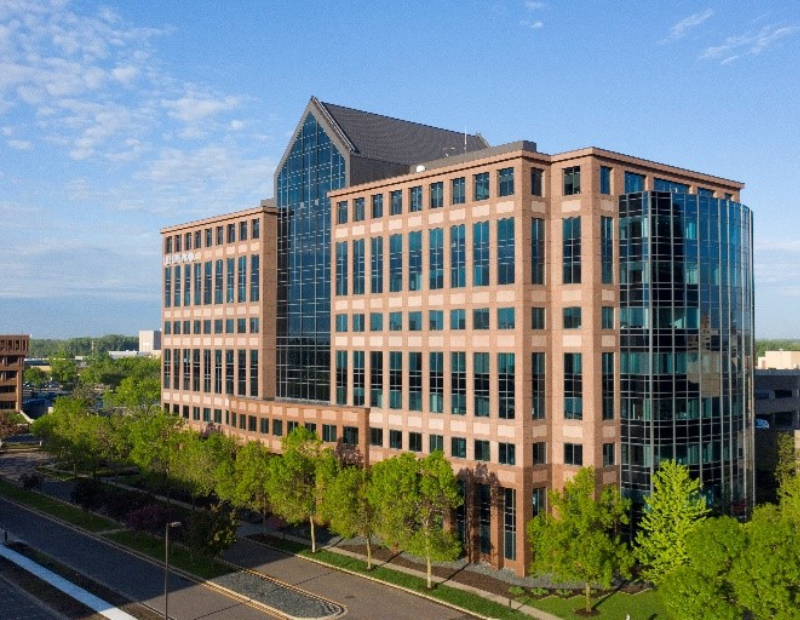
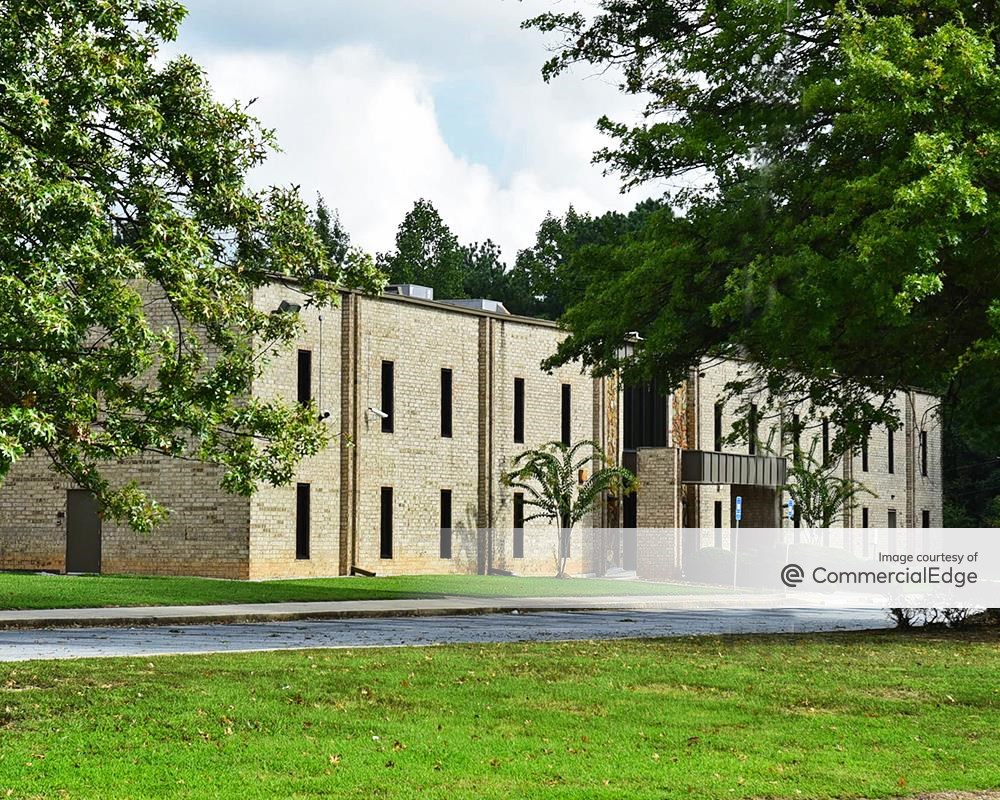
You must be logged in to post a comment.